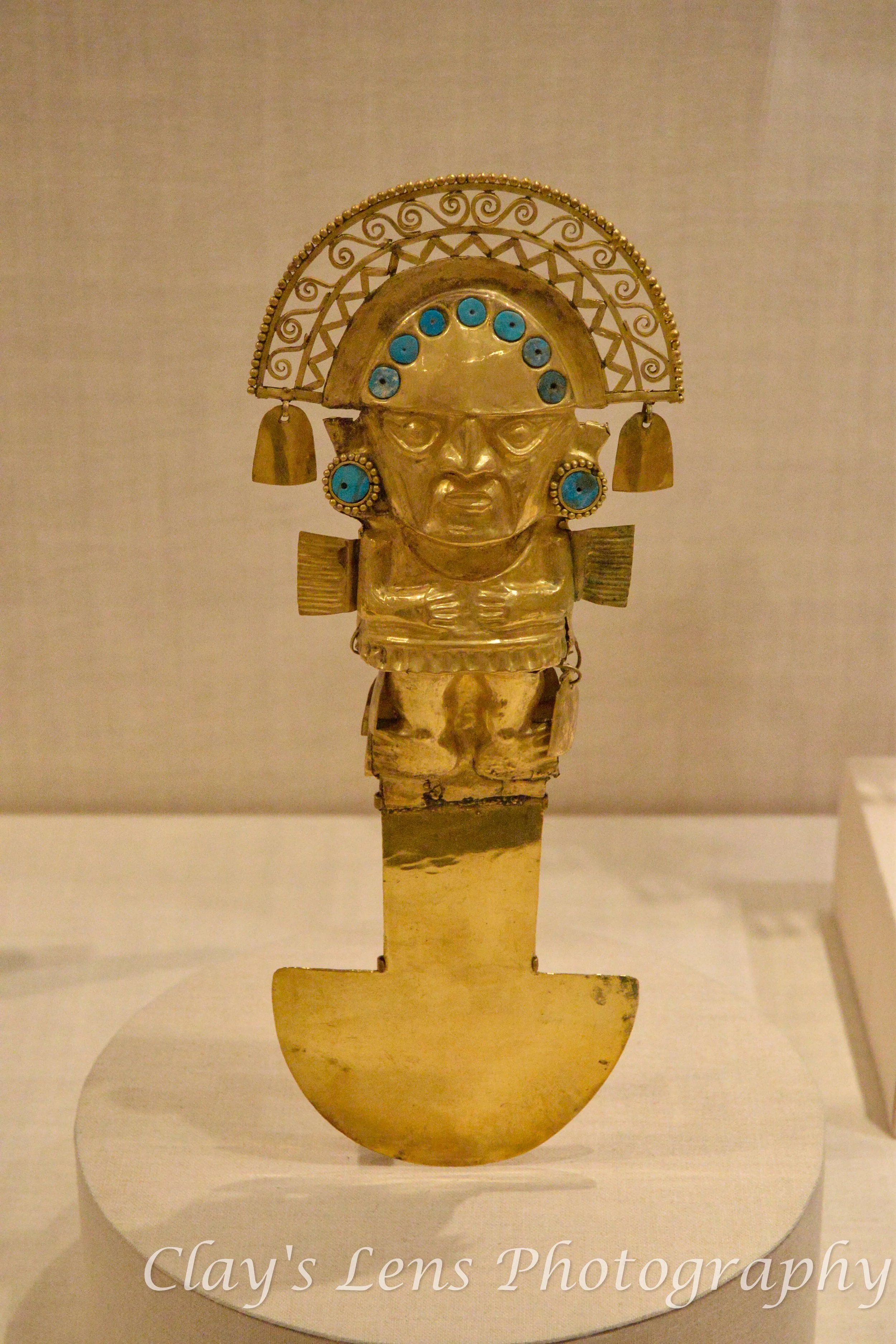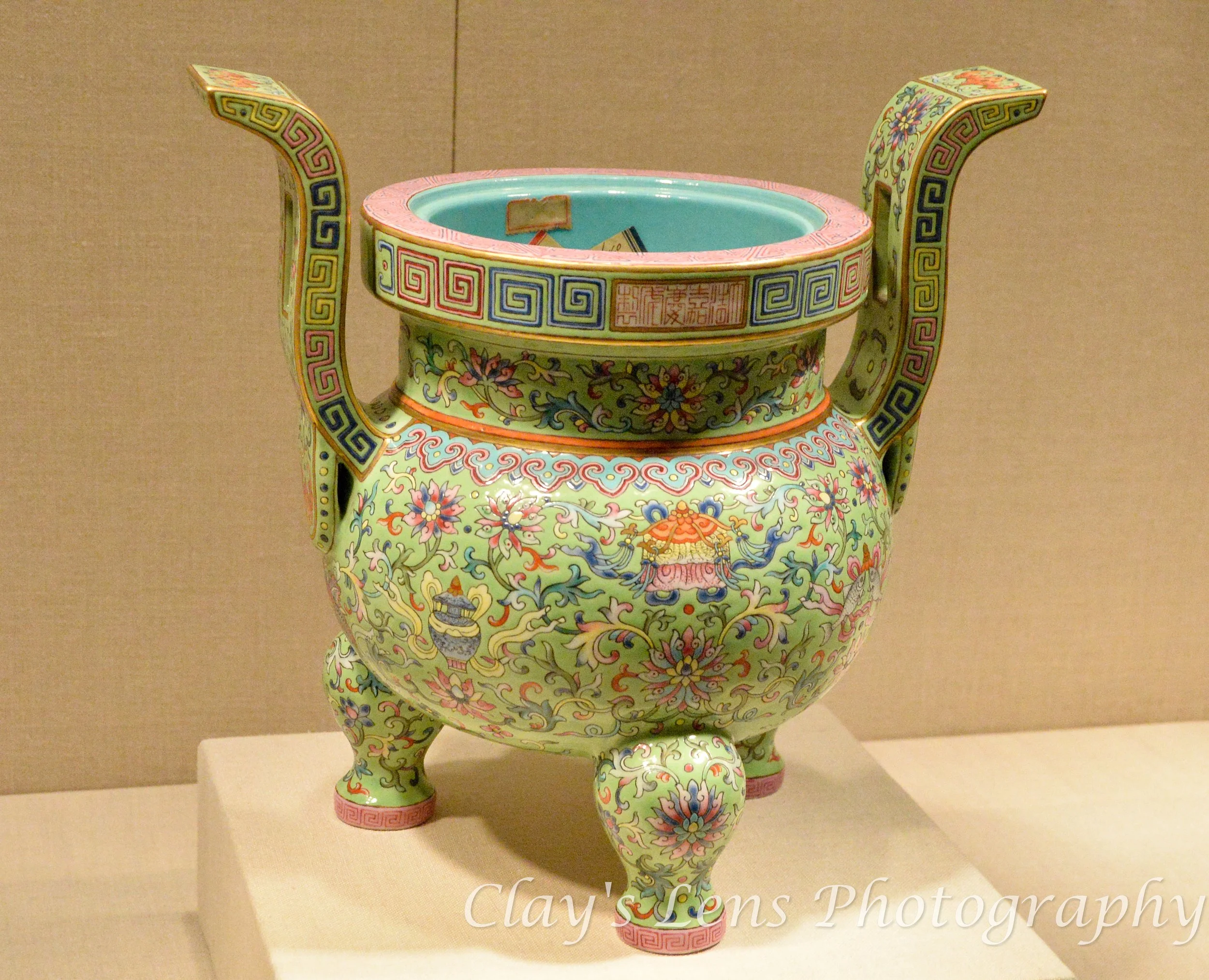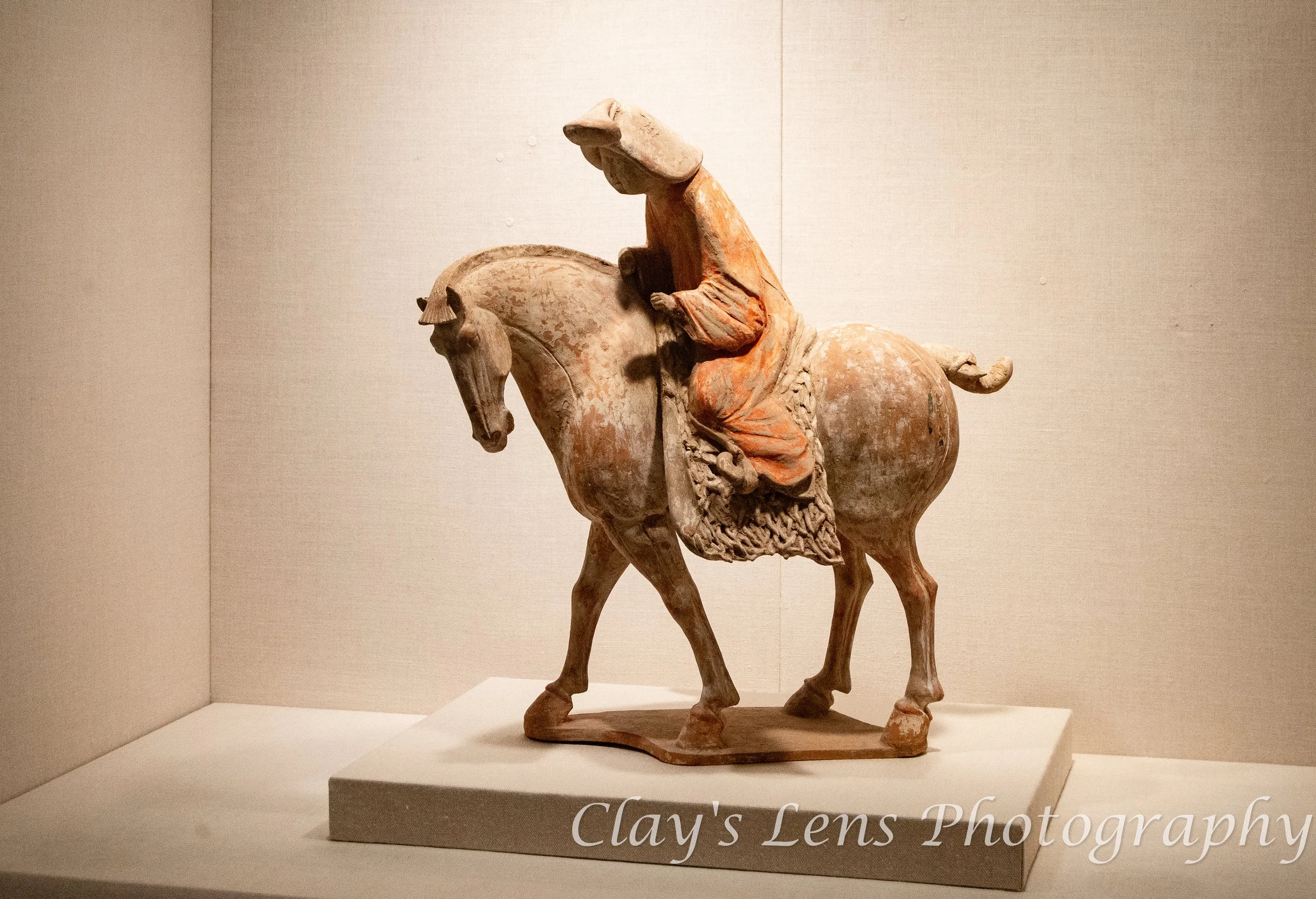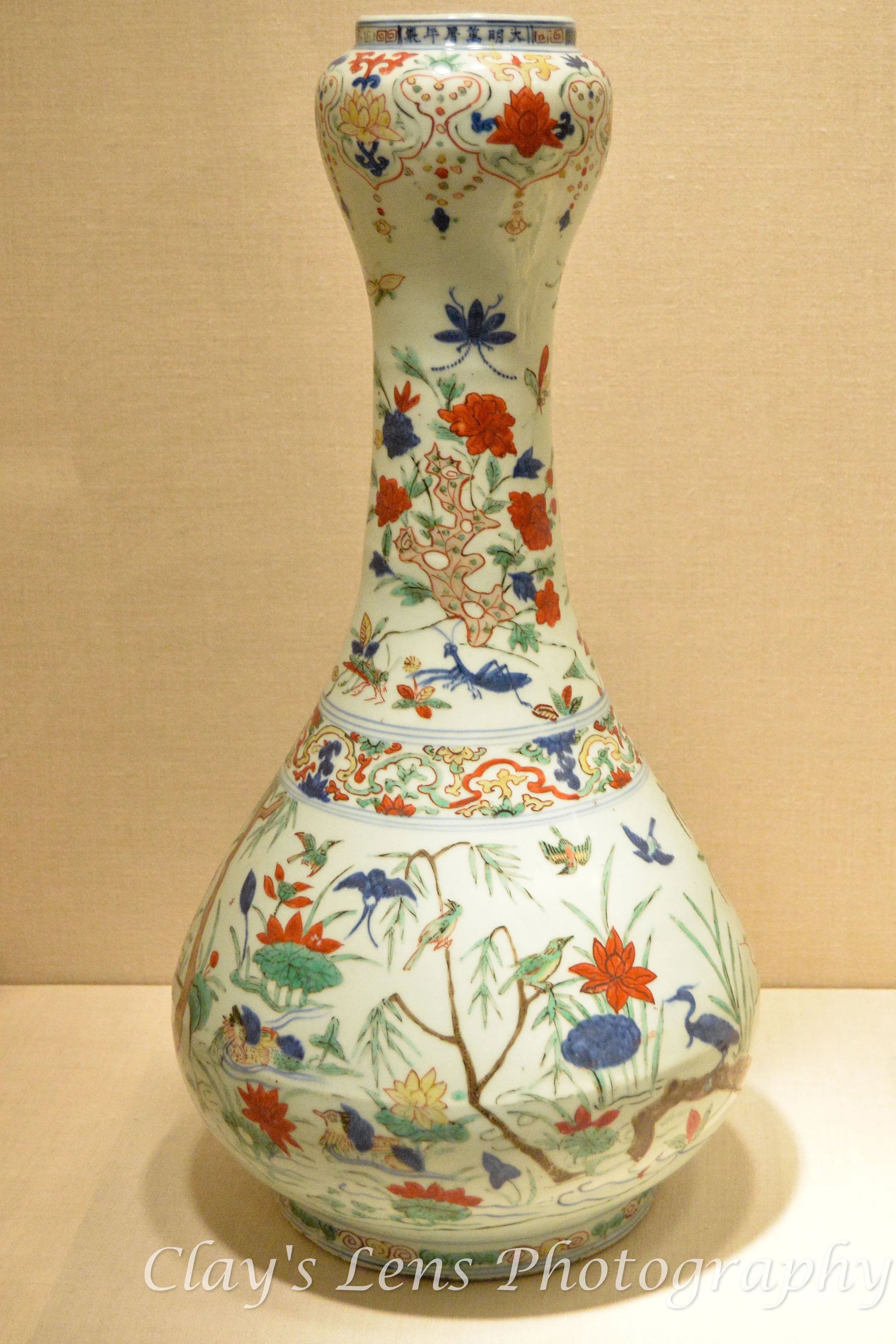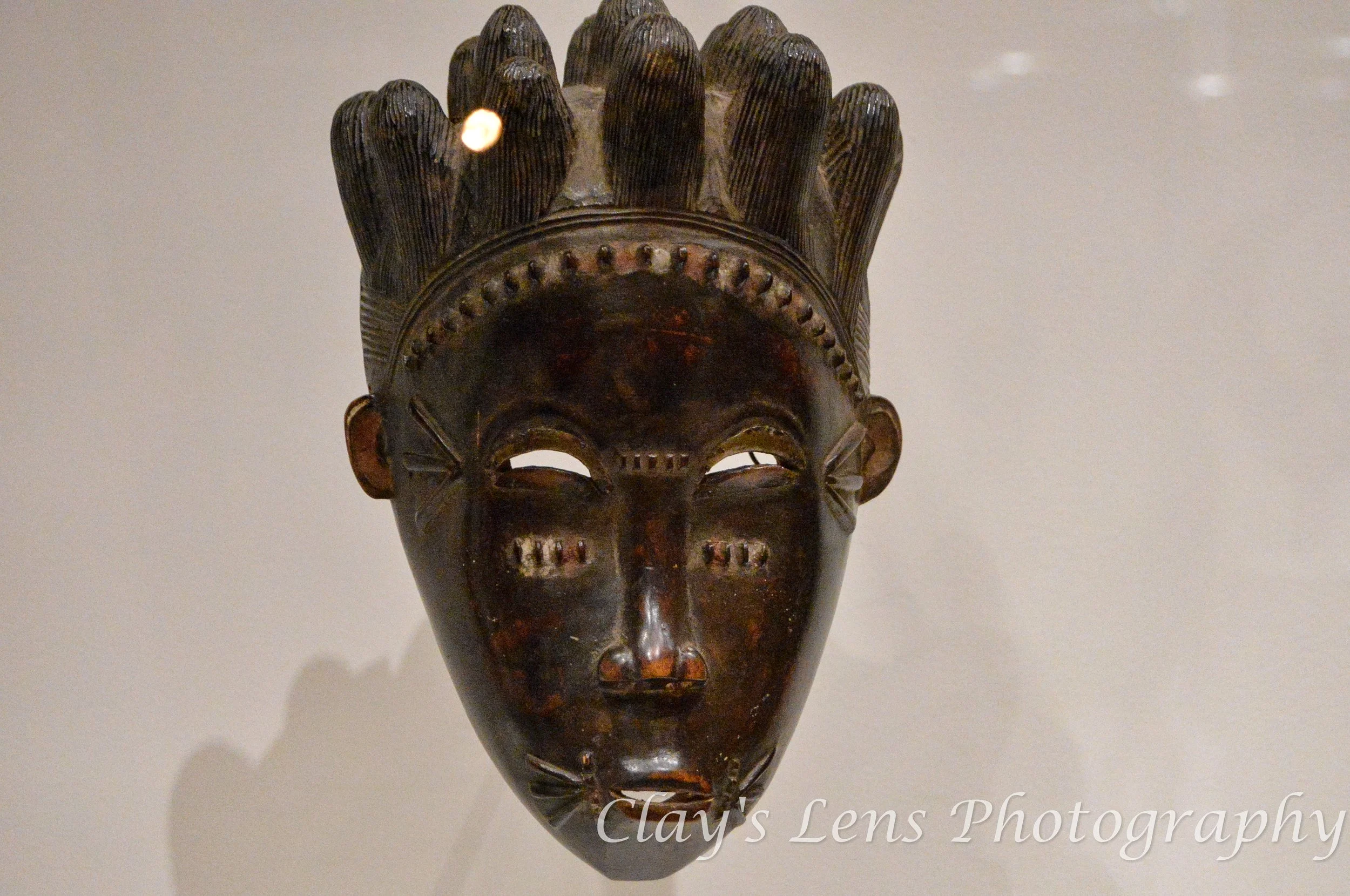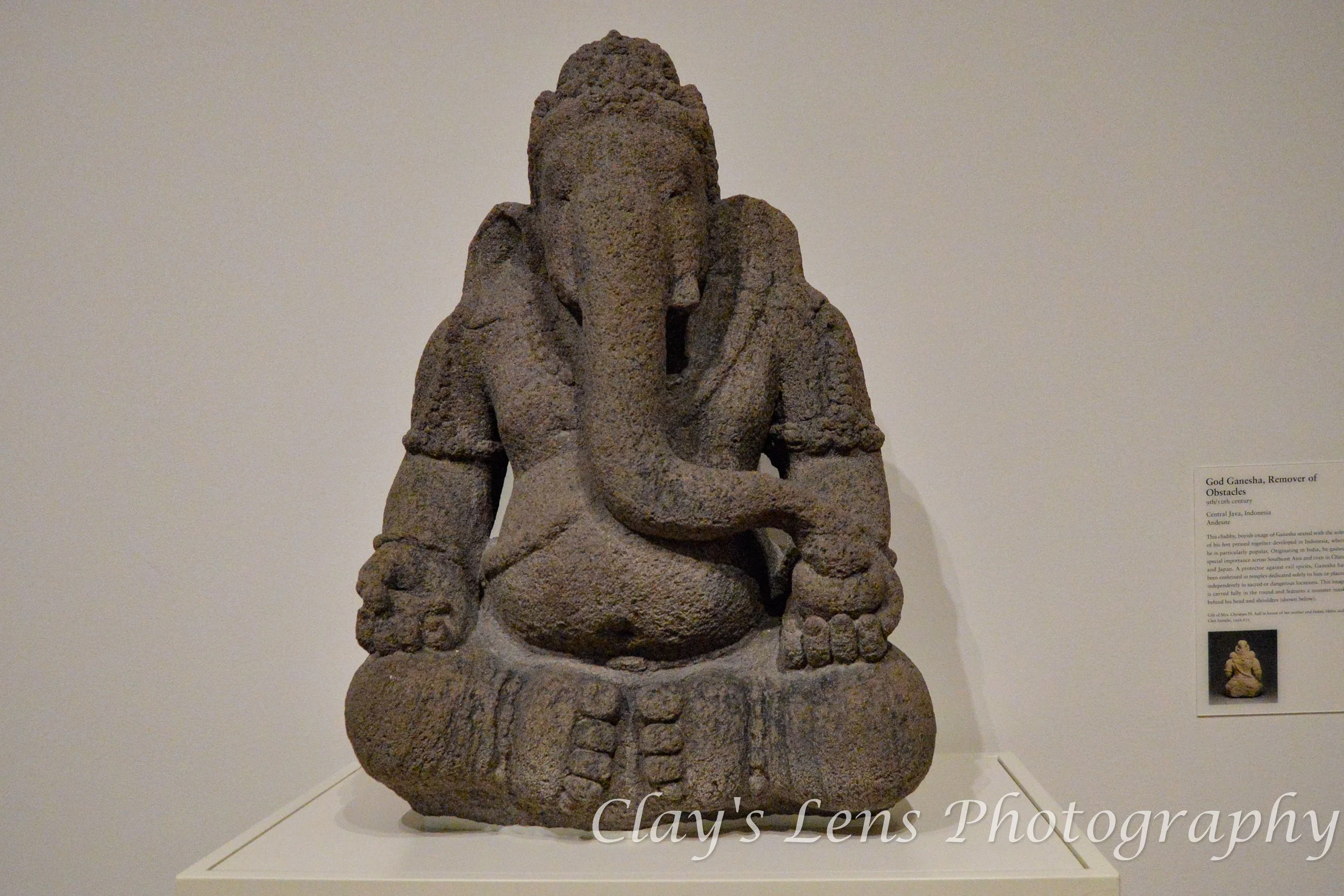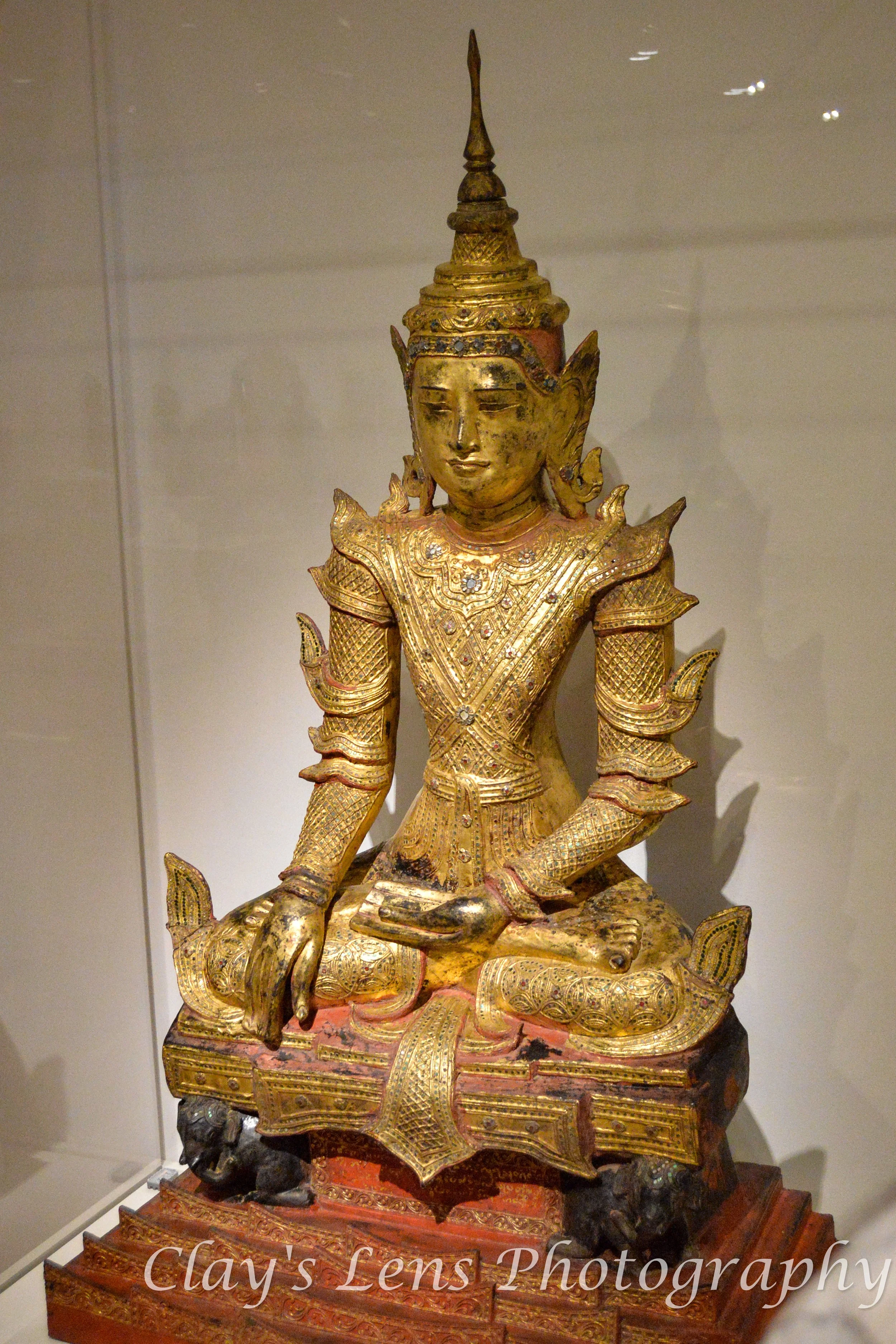A City Isn't Much Without Culture: My Visit to the Art Institute of Chicago
There’s something timeless about standing in front of a canvas that has traveled centuries to meet your gaze. That’s what the Art Institute of Chicago delivers—culture, history, and emotion in every gallery. A city, no matter how tall its skyline or bustling its streets, isn't much without culture. And here in Chicago, the Art Institute is proof of how deeply rooted that culture runs.
From the moment I walked into the massive museum, I knew there was no chance I’d see everything in one visit—but I tried. I really tried. The building itself is enormous, and every corner you turn reveals another wing, another floor, another masterpiece waiting to pull you in. What do you expect from one of the largest and oldest art museums in the United States?
One of the highlights for me was the galleries showcasing works from Asia, Africa, and the Greek, Roman, and Byzantine worlds. I spent a lot of time here—maybe too much if I’d hoped to cover the whole museum. The craftsmanship, symbolism, and history within those walls are overwhelming in the best possible way. There’s a reverence in that section that’s hard to put into words. You feel the weight of civilizations.
I also made time to wander through the modernism galleries, where artists like Edward Hopper, Hughie Lee-Smith, and Georgia O’Keeffe stop you in your tracks. It’s one thing to know these names from textbooks and another to stand before their original works. Hopper’s quiet tension, Lee-Smith’s evocative style, and O’Keeffe’s iconic vision all left an impression.
Despite spending hours wandering and taking it all in, I barely scratched the surface. There were entire sections I didn’t make it to, which only means one thing—I’ll be back. You can’t rush culture, and places like this deserve more than one visit.
Admission Details
If only I were a Chicago resident! General admission for out-of-state visitors is $32 for adults, $26 for seniors (65+) and students, and free for children under 14. Chicago residents enjoy discounted rates: $20 for adults, $14 for seniors and students, and free for teens under 18.
Free Guided Tours
To enhance your visit, the museum offers free guided tours daily at 1:00 and 3:00 PM in English, and on Fridays and Saturdays at 2:00 PM in Spanish. These tours provide insightful commentary and are a great way to delve deeper into the collections.

